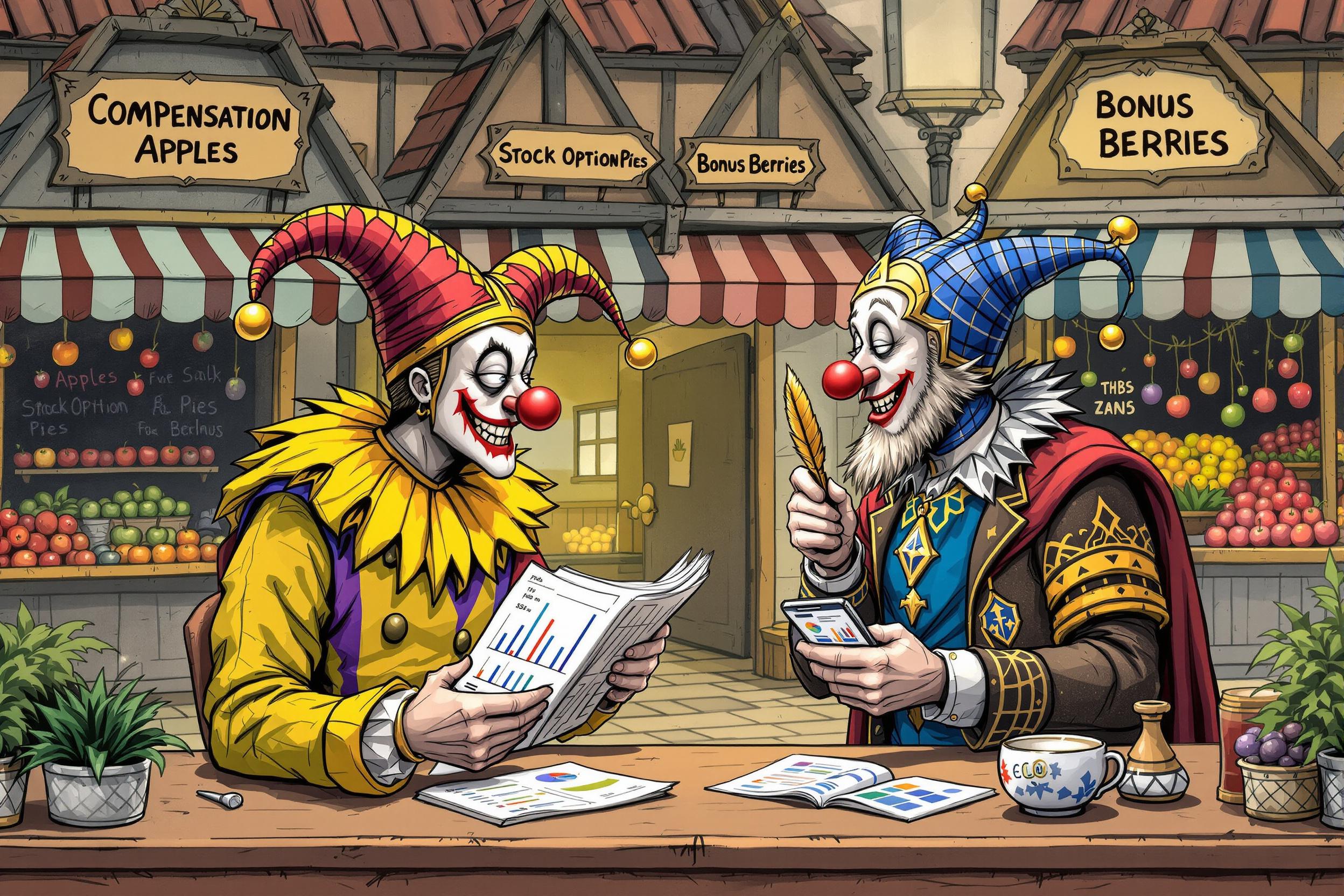
Edition Size
Edition Size refers to the total number of copies that were printed of a specific book or publication. In the rare book industry, this is a crucial detail because it helps determine how rare and valuable a book might be. Think of it like limited edition artwork - the fewer copies that exist, the more valuable each copy typically becomes. Edition sizes can range from just a few copies (which might be called 'limited editions') to thousands of copies in regular print runs. When you see this term in resumes, it shows that the person understands how to assess and value rare books based on their scarcity.
Examples in Resumes
Cataloged rare books including verification of Edition Size and printing history
Specialized in identifying and authenticating Edition Size for limited run publications
Maintained detailed records of Edition Sizes for first editions and rare prints
Typical job title: "Rare Book Dealers"
Also try searching for:
Where to Find Rare Book Dealers
Professional Associations
Online Communities
Job Resources
Example Interview Questions
Senior Level Questions
Q: How would you authenticate and value a rare book with a claimed limited edition size?
Expected Answer: A senior dealer should explain the process of checking publisher records, examining physical characteristics of the book, researching auction records, and using bibliographic references to verify edition claims and determine appropriate market value.
Q: How do different types of edition sizes impact book valuation?
Expected Answer: Should discuss how first editions, limited editions, trade editions, and special editions each have different market values, and how to factor edition size along with condition, demand, and historical significance.
Mid Level Questions
Q: What resources do you use to verify edition sizes?
Expected Answer: Should mention publisher's records, bibliographic references, auction records, and specialized databases, showing familiarity with standard industry research tools.
Q: How do you explain edition size importance to customers?
Expected Answer: Should demonstrate ability to communicate how edition size affects value in simple terms, using analogies and examples to help customers understand pricing.
Junior Level Questions
Q: What is the difference between a first edition and a limited edition?
Expected Answer: Should explain that first editions are the first printing of a book, while limited editions are intentionally restricted print runs, sometimes numbered or signed.
Q: How do you record edition size information in a book catalog?
Expected Answer: Should demonstrate knowledge of basic cataloging practices, including where to find edition information in books and how to note it in standard catalog formats.
Experience Level Indicators
Junior (0-2 years)
- Basic book cataloging
- Understanding different types of editions
- Reading bibliographic information
- Basic condition assessment
Mid (2-5 years)
- Edition verification techniques
- Market value assessment
- Research methodology
- Customer communication skills
Senior (5+ years)
- Advanced authentication methods
- Expert market valuation
- Extensive publisher knowledge
- Collection development strategy
Red Flags to Watch For
- Unable to distinguish between different types of editions
- Lack of knowledge about basic bibliographic terms
- No experience with book trade references and resources
- Poor understanding of how edition size affects value
Related Terms
Need more hiring wisdom? Check these out...

The Hidden Art of Salary Negotiation: How to Win Hearts Without Going Broke

The Art of Selecting Great People: A Leader's Most Critical Skill

Cutting HR Costs Without Sacrificing Quality: A How-To for Savvy Executives

